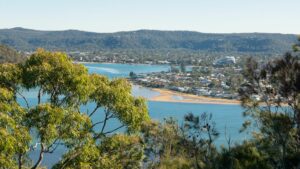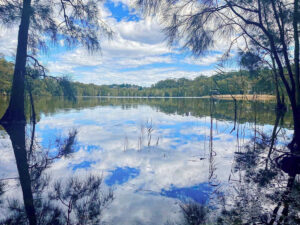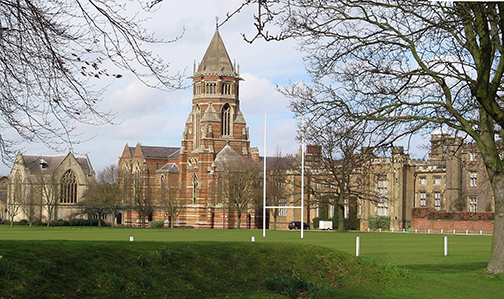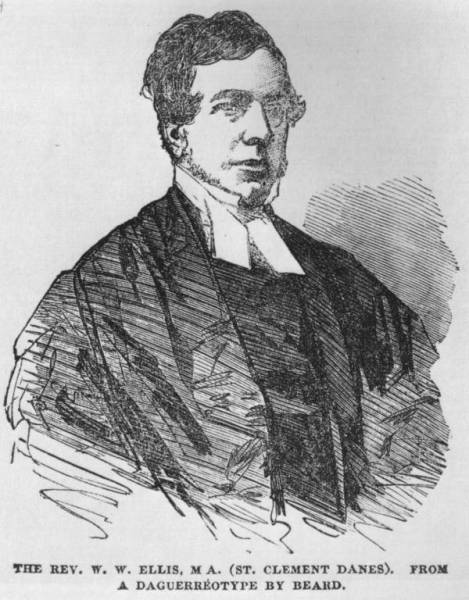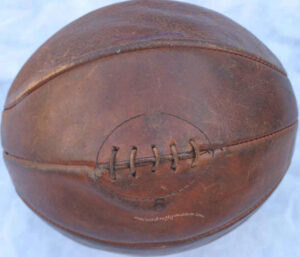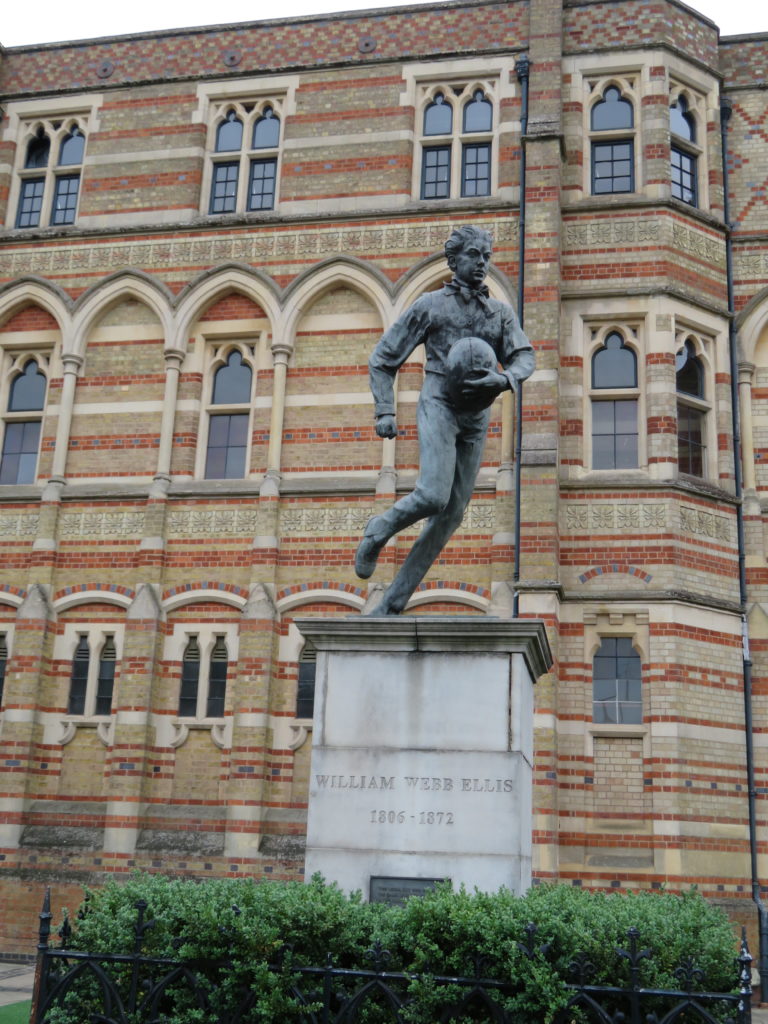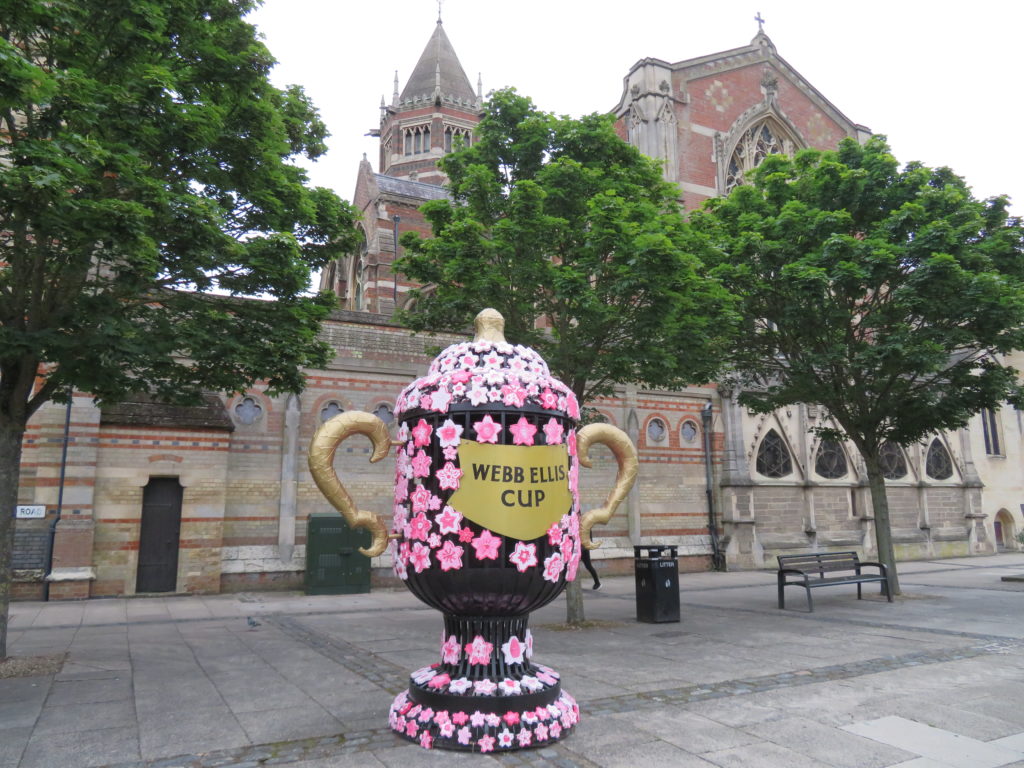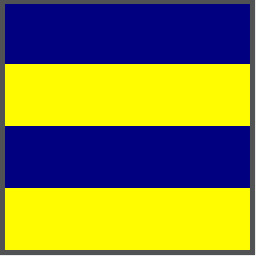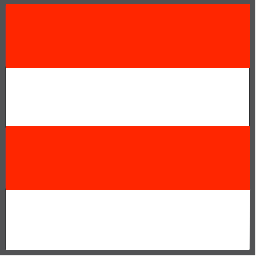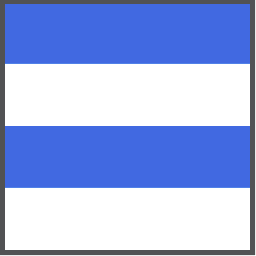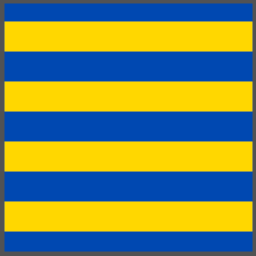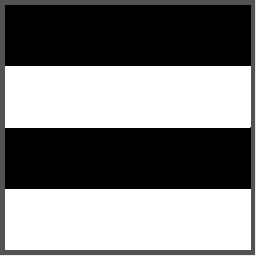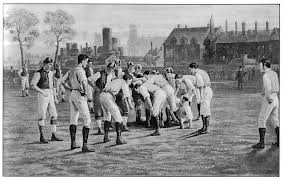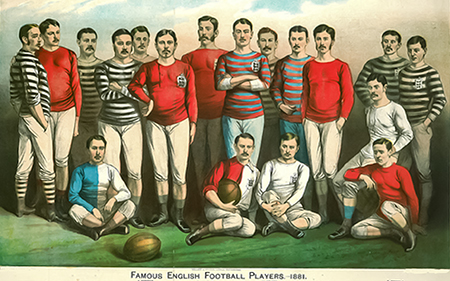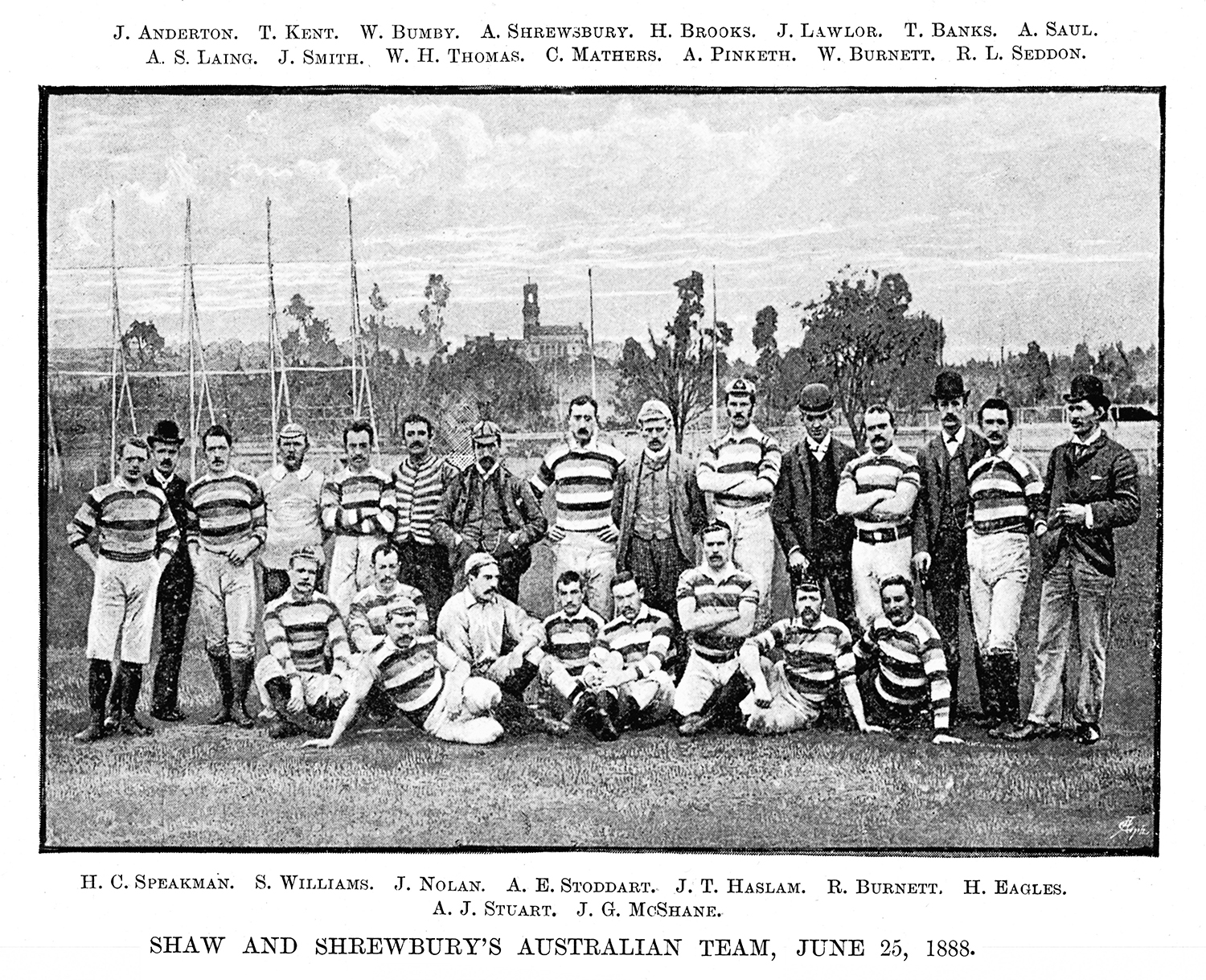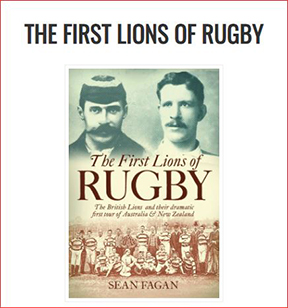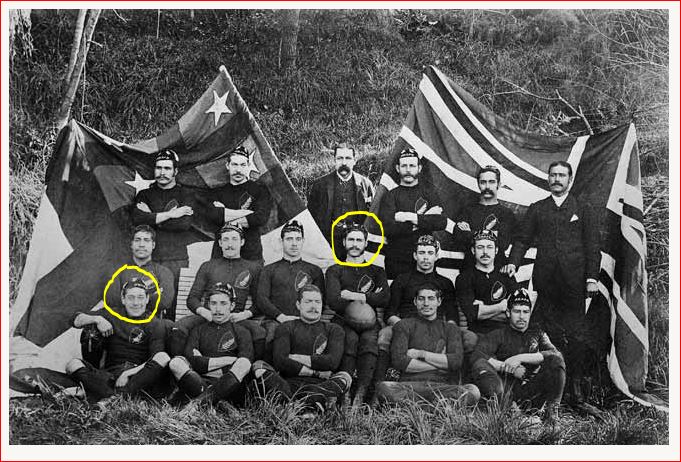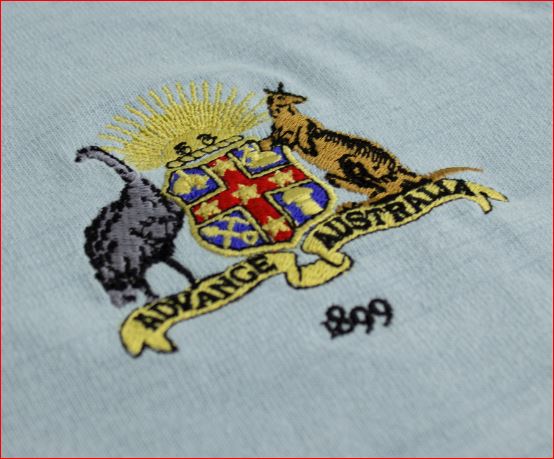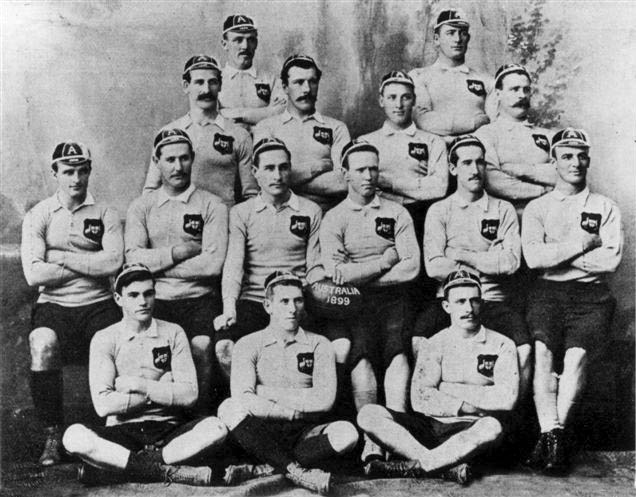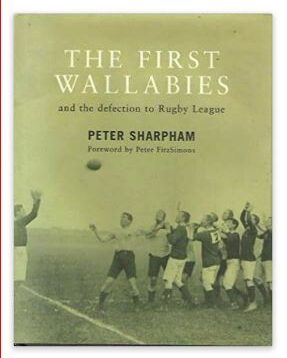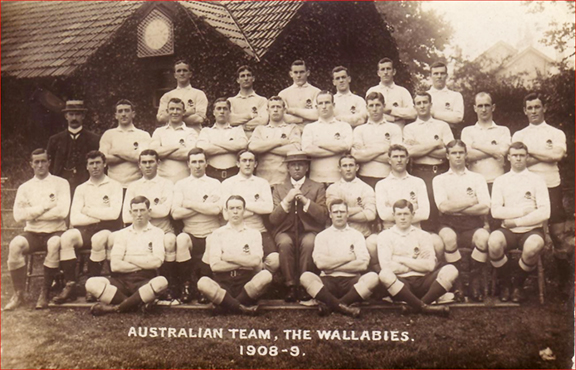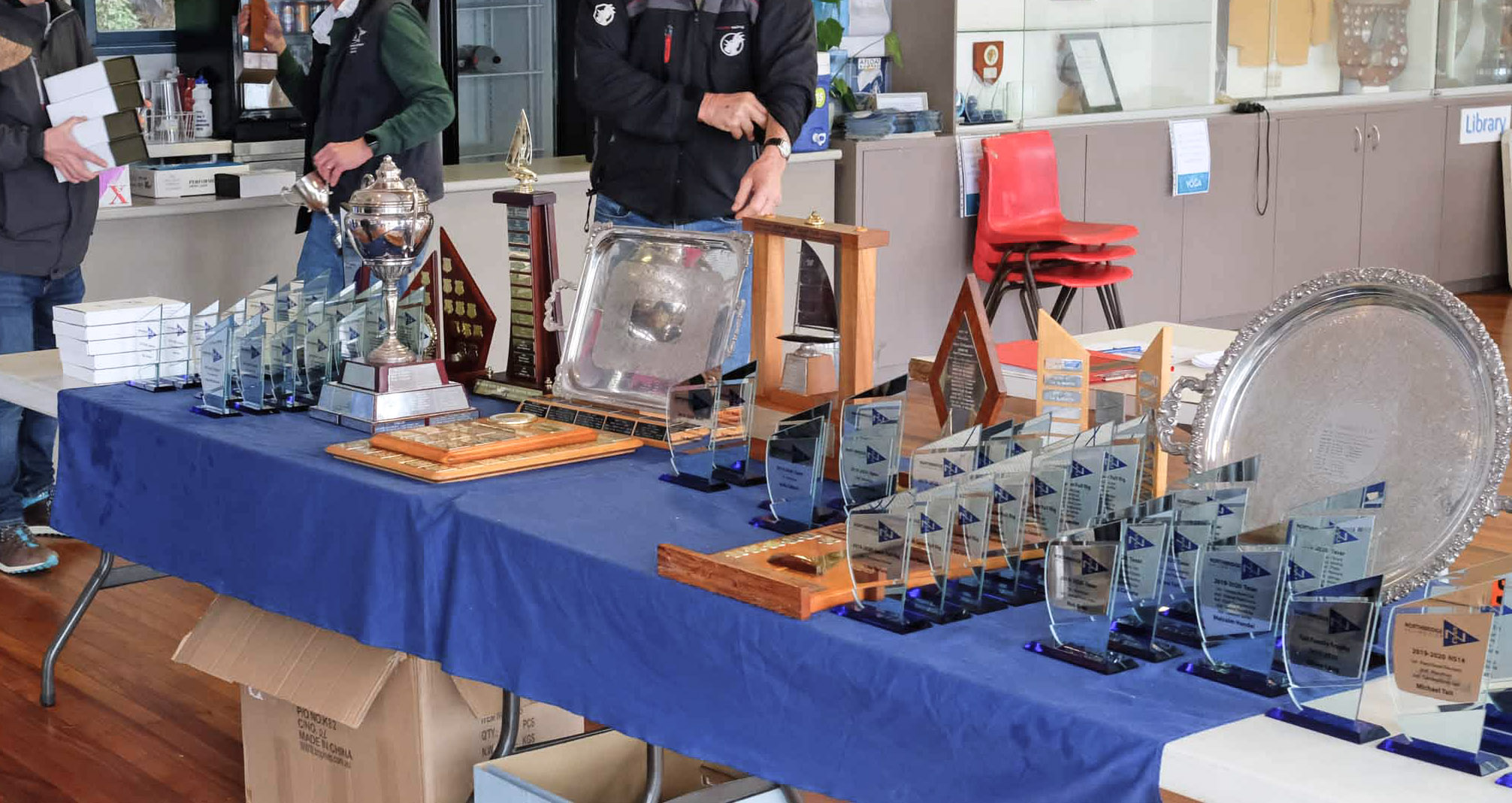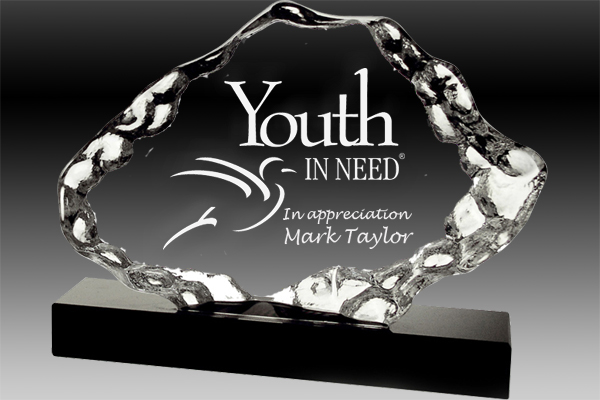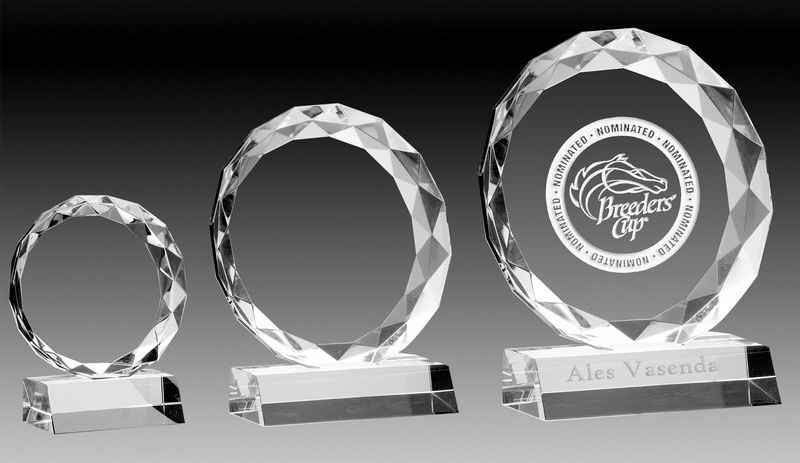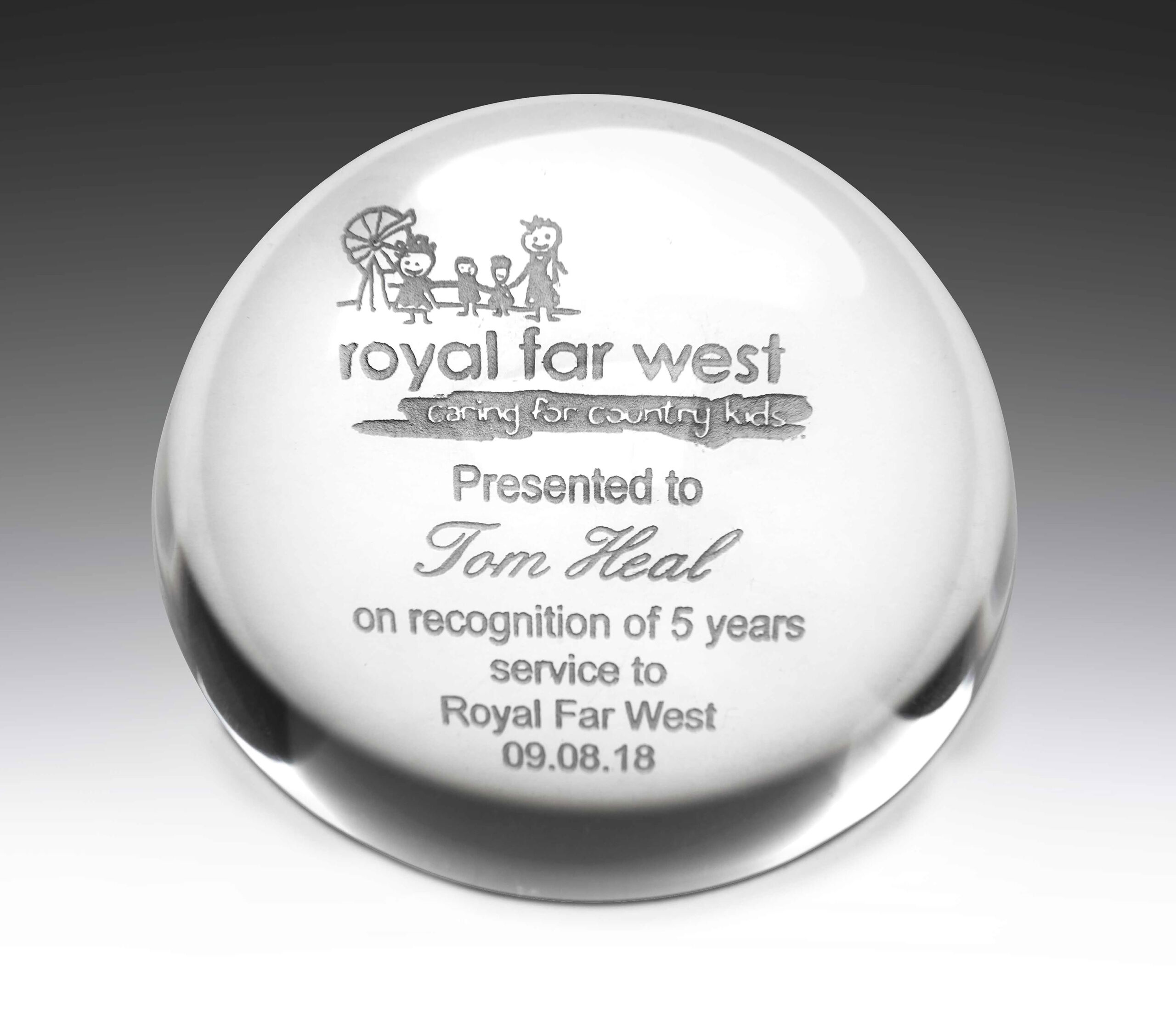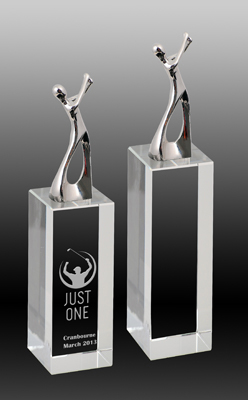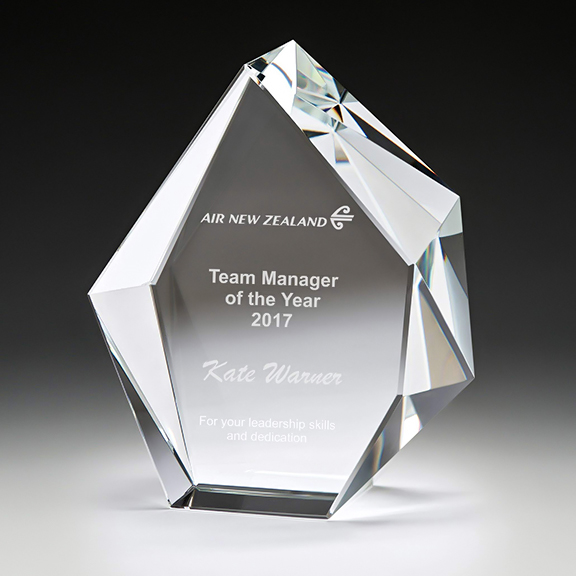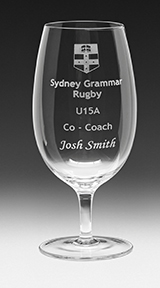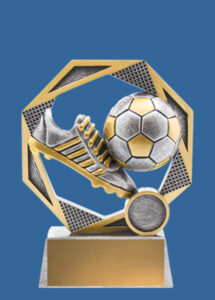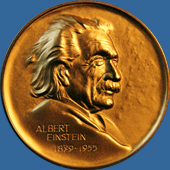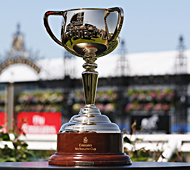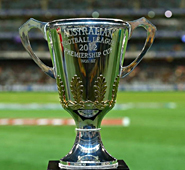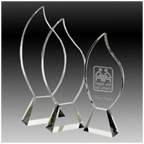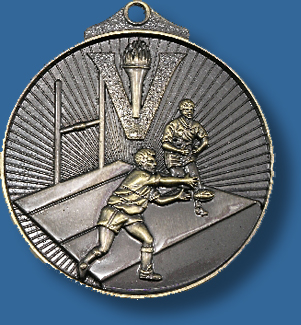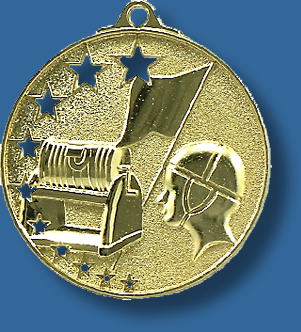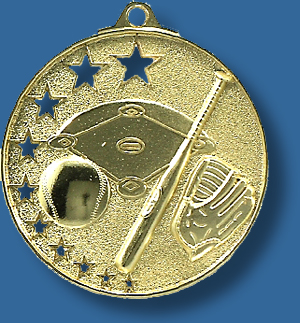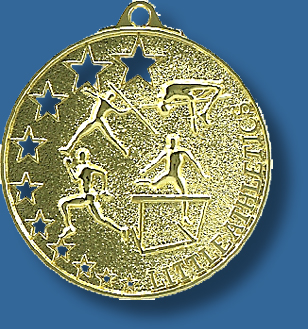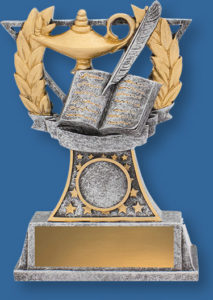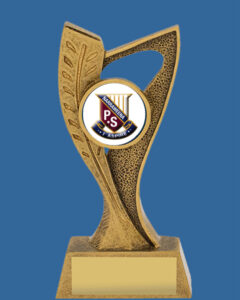The Origins of Competetive Swimming in Australia
Organised swimming in Australia originated in the late 19th century when coastal cities saw a surge in aquatic activities. Swimming clubs began to take shape, providing a structured approach to the sport. The Sydney Swimming Club emerged as one of the earliest organised swimming clubs globally in 1830, offering a platform for swimmers to gather, share techniques, and engage in friendly competitions. As Australia embraced its abundant coastline, more swimming clubs sprouted, becoming hubs for swimming enthusiasts. The Manly Swimming Club, established in 1896, was one of the notable early clubs that contributed to the popularity of competitive swimming. It became a cultural symbol, embodying the seaside lifestyle synonymous with Australian coastal towns. The formalisation of swimming associations and governing bodies at the dawn of the 20th century ushered in an era of structured competitions. Australians took to the water and made their mark on the competitive swimming scene.
Swimming Champions at the turn of the Twentieth Century
Frank Beaurepaire – Australian and Olympic Swimming Champion
Among the early male champions was Frank Beaurepaire, a prominent figure in the early 1900s. Beaurepaire’s accomplishments included multiple Olympic medals, setting the stage for Australia’s prowess in men’s swimming.
Frank Beaurepaire, a multifaceted Australian luminary, left an indelible mark as a swimmer, politician, and businessman. Born in 1891, Beaurepaire’s swimming prowess defined the early 20th century. A multiple Olympic medalist, he set records and paved the way for Australia’s prominence in men’s swimming. Beyond the pool, Beaurepaire ventured into politics, serving as a Melbourne City Council member and later as Lord Mayor. His dedication to public service continued with a seat in the Australian Senate.
Simultaneously, he excelled in business by establishing Beaurepaires and Olympic Tyres. Frank Beaurepaire’s legacy is one of exceptional achievements across diverse domains, embodying the spirit of Australian excellence in both swimming and public life.
Fanny Durack – Allround Sportswoman
Fanny Durack, born in 1889, was an Australian swimming pioneer and the nation’s first female Olympic gold medalist. Breaking barriers, she made Australian swimming history and triumphed in the 100 meters freestyle at the 1912 Stockholm Games. Durack’s legacy extended beyond the pool; she was a skilled diver, competitive golfer, and an influential advocate for women’s sports. Fanny Durack’s groundbreaking achievements shaped the trajectory of Australian swimming and paved the way for women in sports, leaving an enduring impact on the nation’s athletic landscape.
A Solid Foundation was established.
The foundation laid by these early swimming clubs and pioneering champions cultivated a vibrant swimming culture in Australian Swimming History and set the stage for the nation’s future dominance in international competitions. Their legacy endures in the structured competitions, diverse swim clubs, and the continued success of Australian swimming champions on the global stage. The story of organised swimming in Australia is about passion, resilience, and deep connection with the country’s aquatic landscapes.
Swimming Cups and Trophies play an essential role in Australian Swimming History
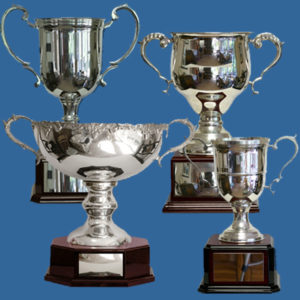
With the echoes of champions past and present. These important awards show the dedication, skill, and resilience of swimmers. From iconic competitions to local meets, these cups and trophies are tributes to the pursuit of excellence in the pool. Designed with detail, they embody the spirit of Australian swimming, showcasing the nation’s commitment to celebrating the achievements of its aquatic athletes.
Sydney Awards & Trophies stands as the epitome of value and tradition in recognition. With a long history in the awards industry, we offer the finest trophies online. Our commitment to excellence includes free engraving and printing. Your awards are personalised to perfection. Experience the assurance of quality, unmatched affordability, and a half-century tradition of quality when you choose Sydney Awards. Celebrate achievements with us, where value meets legacy, and every accolade tells a success story.
Australia’s Swimming History from 1920 to the 1956 Melbourne Olympic Games
Australian swimmers had a remarkable run from the 1930s to the 1950s, making a name for themselves on the global stage and laying the foundation for their future dominance in the sport. During this era, several remarkable swimmers emerged whose talent drove their success.
One of the most iconic figures from this period was Clare Dennis, who competed in the 1932 Los Angeles Olympics. She exhibited exceptional skills in the 200m breaststroke, winning a gold medal in the category. Her achievements were a significant milestone for Australian women in the Olympics, inspiring future generations of female swimmers to follow in her footsteps.
Similarly, John Marshall was another prominent swimmer representing Australia in three consecutive Olympics. He could not win an Olympic gold medal despite setting numerous world records. However, his record-breaking performances from 1949 to 1951 remained unbeaten. He won every freestyle title from 100m to 1500m at the 1949 Australian nationals and later broke 28 world records.
During his university career at Yale, Marshall was the first in the US to show that a swimmer could go fast from beginning to end in middle and long-distance races.
However, his Olympic performances were not as expected. At the 1948 London Olympic Games, he won bronze and silver medals. A shy seventeen-year-old, he finished second to Jimmy McLane of the USA in the 1500m and third to America’s Bill Smith and McLane in the 400m freestyle.
At the 1952 Helsinki Games, he failed to qualify for the 400 m final and finished eighth in the 1500m final. In Melbourne in 1956, he finished fifth in the 100m butterfly.
However, in the 1952 Helsinki Olympics, John Davies continued Australia’s swimming legacy by winning a silver medal in the 200m breaststroke. His achievements reflected the nation’s commitment to excellence in the pool during a period marked by intense competition and evolving swimming techniques.
The beginning of the Golden Age
The 1956 Melbourne Olympics marked a significant turning point for Australian swimming. Dawn Fraser, an illustrious name in the sport, made her Olympic debut. Fraser’s indomitable spirit and exceptional talent catapulted her to prominence, and she went on to win gold in the 100m freestyle. This victory began a remarkable Olympic journey for Fraser, who would become one of the most celebrated swimmers in Australian Swimming History.
The same Olympics witnessed the triumph of Murray Rose, known as the “Seaweed Streak.” Rose, just 17 years old, secured three gold medals in the 400m and 1500m freestyle events and the 4x200m freestyle relay. His unparalleled success made him a national hero and positioned Australia as a force to be reckoned with in the swimming world.
So, from the 1930s to the 1950s, Australian swimmers rose to prominence, with each Olympiad adding new chapters to the nation’s aquatic tradition. These swimmers won Olympic medals and contributed to the evolving powerhouse in Australian swimming. Their achievements laid the foundation for the golden era, establishing Australia as a frontrunner in international swimming.
Australia’s Swimming History – The Golden Era
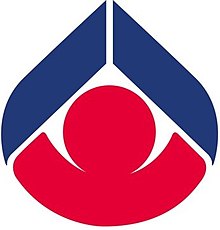
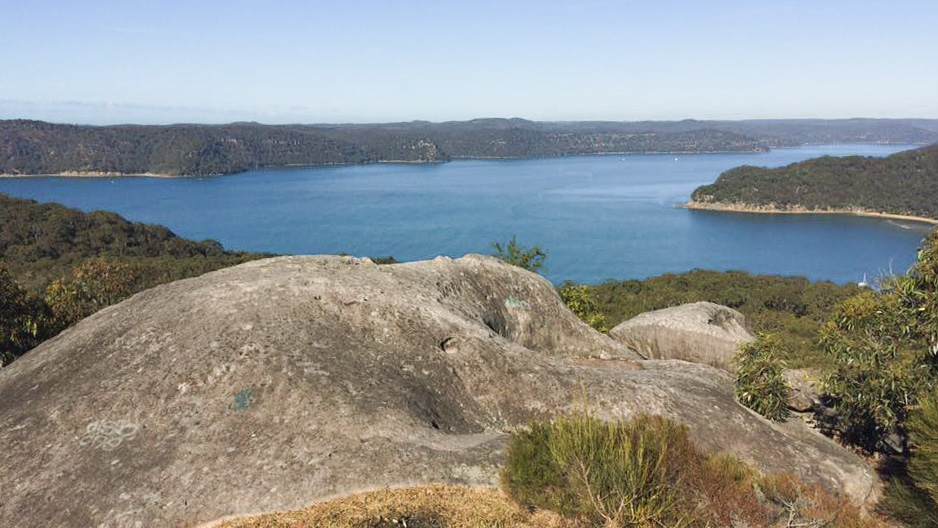

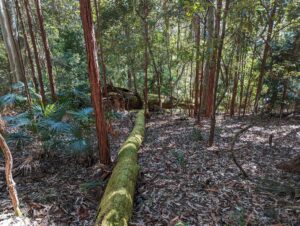
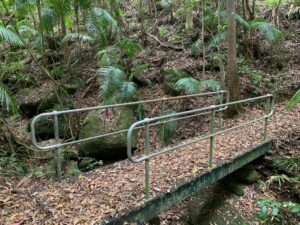
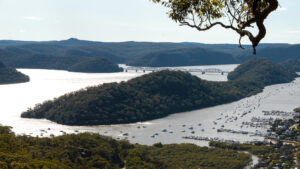
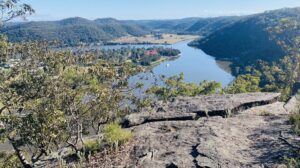
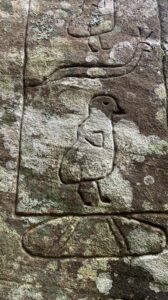
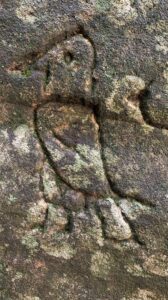
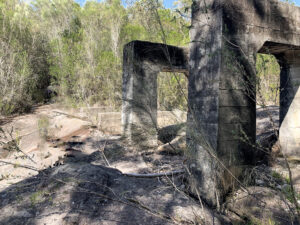 This loop is an outstanding walk. Getting down to the trough pool via the rock access can be challenging for some people. To assist with the minor descent onto the ledge, a rope is available.
This loop is an outstanding walk. Getting down to the trough pool via the rock access can be challenging for some people. To assist with the minor descent onto the ledge, a rope is available.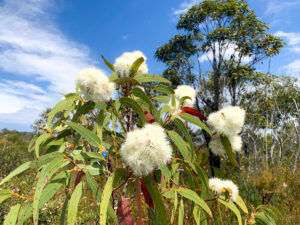 The walk is best done in early spring. The wildflowers are blooming, and the colours are astonishing. It is an easy walk on the fire trails; however, the smaller tracks can be overgrown and close. You can wear gaiters if you have them for the closed-in trails, as there may be the occasional snake. Apart from the free and profuse flower display, the view of Lion Island and beyond is majestic. The combination of wildflowers and expansive areas to the south makes this one of the best bush walks on the Central Coast.
The walk is best done in early spring. The wildflowers are blooming, and the colours are astonishing. It is an easy walk on the fire trails; however, the smaller tracks can be overgrown and close. You can wear gaiters if you have them for the closed-in trails, as there may be the occasional snake. Apart from the free and profuse flower display, the view of Lion Island and beyond is majestic. The combination of wildflowers and expansive areas to the south makes this one of the best bush walks on the Central Coast.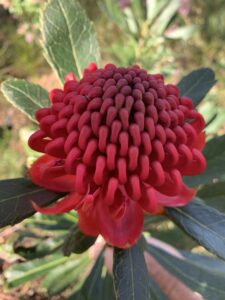 As events go on the Central Coast, wildflowers and waratahs are spectacular. You won’t want to miss the stunning late-winter blooms on display.
As events go on the Central Coast, wildflowers and waratahs are spectacular. You won’t want to miss the stunning late-winter blooms on display.